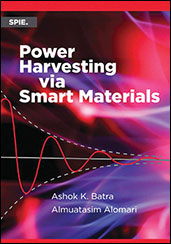Journal Article
A Novel Cloud-Based Additive Manufacturing Technique for Semiconductor Chip Casings
2022-08-02
Abstract The demand for contactless, rapid manufacturing has increased over the years, especially during the COVID-19 pandemic. Additive manufacturing (AM), a type of rapid manufacturing, is a computer-based system that precisely manufactures products. It proves to be a faster, cheaper, and more efficient production system when integrated with cloud-based manufacturing (CBM). Similarly, the need for semiconductors has grown exponentially over the last five years. Several companies could not keep up with the increasing demand for many reasons. One of the main reasons is the lack of a workforce due to the COVID-19 protocols. This article proposes a novel technique to manufacture semiconductor chips in a fast-paced manner. An algorithm is integrated with cloud, machine vision, sensors, and email access to monitor with live feedback and correct the manufacturing in case of an anomaly.



